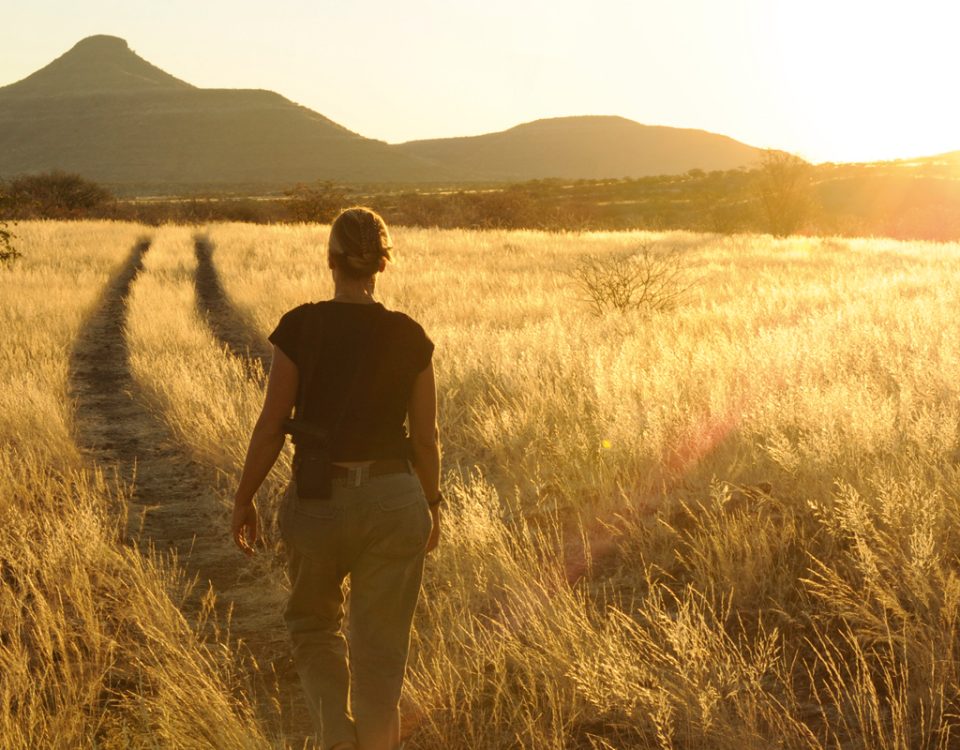[vc_row][vc_column][vc_column_text]
News Adventure Birding Books Culture Destinations Flora Photography Seasons Things to Do
[/vc_column_text]
August 1, 2017
The American Embassy recently made a donation of about N$25 million to the Ministry of Environment and Tourism to aid in Namibia's fight against poaching.
June 19, 2017
There is magic in this desert. For four days in April it appeared in the landscape, the message and the messengers, when four fabulous Namibian artists came together to share their plea to save the rhino. Here is a glimpse of how it all came together.
June 9, 2017
Deep in the Zambezi Region, on the protruding southernmost tip of the former Caprivi Strip, lies an abundant landscape dominated by Mopane woodland and floodplain grasslands. It’s an environment that boasts a large diversity of exotic bird species – many of which are unique to the area – and plenteous wildlife, including four of Africa’s Big Five.
June 6, 2017
[vc_row][vc_column][vc_column_text]Text Ginger Mauney[/vc_column_text][/vc_column][/vc_row][vc_row][vc_column][vc_column_text] Rich veins run across the African landscape. Rivers, mountains, deserts and plains incise the land, creating mosaics that define and connect countries. They […]
May 16, 2017
The seemingly inhospitable gravel plains of the Namib Desert extend over vast distances. Standing alone in the middle of this barren landscape can be a daunting experience. At a glance, there seems to be no sign of life in the hot, dusty, rocky and apparently endless plains that surround you.
May 15, 2017
If you ever thought endangered species have problems, you ain't seen nothing yet (if this sounds American, well it is as big as the U.S.A Trump card). We are indeed in the process of cutting off the wings of these birds, and no, we are not talking Penguins.
May 12, 2017
Plants. We tend to take them for granted – a part of the landscape. On safari, a good shade tree has its worth, especially in the hot and arid hinterlands… but how many travellers know of the floral diversity of Namibia’s northwest and look out for its many proponents as they navigate rugged tracks through spectacular landscapes searching for wilderness experiences?
May 10, 2017
Along the dirt roads that wind their way through the Namib Desert, there are subtle signs of change. These signs read “No Fences.” They indicate areas where fences have been taken down to allow for the free movement of wildlife and the integration of land back to its natural whole.
March 27, 2017
Historically, Hartmann’s zebra had a continuous distribution range extending from Mossamedes in Angola to just south of the Orange River in South Africa. In Angola, Hartmann’s zebra occurred in the Iona National Park immediately to the north of the Kunene River. In earlier times this sub-species also occurred in the Cape Province of South Africa.
February 13, 2017
October 31, 2016
Germany has allocated about N$400 million to the development and management of Namibia's national parks. Recently 200 impalas were released into Khaudum National Park as part of this initiative.
October 27, 2016
The thousands of flamingos, a mass of pink and white, were quietly honking as they preened and fed in the protein-rich water of the Walvis Bay Lagoon. Terns by the thousand were wheeling, circling and plunging into the water, their shrill calls a contrast to the deep honking of the flamingos. Thousands of cross-shaped forms lined the water's edge – cormorants with open wings drying in the sunlight.
October 11, 2016
The African wild dog, aka the painted hunting dog or Cape hunting dog, is one of Africa’s most misunderstood yet unique and enigmatic species. Although obviously a member of the canid family and related to foxes, dholes, dingos, wolves, jackals and other dogs, it has no close relatives and is the single member of the genus Lycaon, Greek for ‘painted wolf’.
September 22, 2016
After three hours the rhino trackers had found them. We parked behind a euphorbia and tried to crunch quietly over the stones to a spot where we could see them: wonderful, it was Topnotch, the cow, and her calf Troy – he’s just a year old – and they were making a good breakfast out of some bushes. The two were 200 metres away and completely unaware of us. And that’s the point…
September 15, 2016
The legendary Kaokoveld of old, the last wilderness, the arid Eden: that vast tract of land that is the north-western corner of Namibia – a place with a near-mythic status as a destination for travel and exploration…















